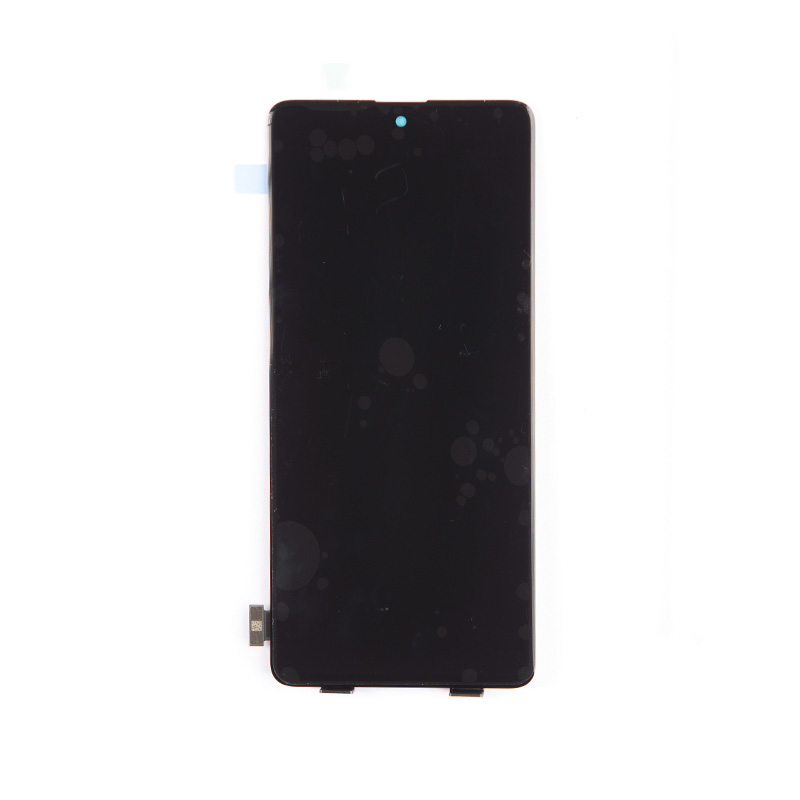What's inside of an phone LCD screen?
2024-04-17
The main components inside a phone LCD (Liquid Crystal Display) screen include:

1. Liquid Crystal Layer: The liquid crystal layer is the primary component of the LCD screen. Liquid crystals are a state of matter that has properties between those of conventional liquids and those of solid crystals. They can change their orientation in response to an electric current, allowing the display to control the passage of light through the screen.
2. Polarizing Filters: Polarizing filters are layers of material that are placed on either side of the liquid crystal layer. They help control the polarization of light passing through the screen, allowing the display to produce images with specific brightness and color characteristics.
3. Backlight: The backlight is located behind the liquid crystal layer and provides the illumination for the display. It typically consists of LED (Light Emitting Diode) lights or a fluorescent lamp that emits light uniformly across the screen.
4. Color Filters: Color filters are positioned over the liquid crystal layer and help produce the colors in the display. They consist of red, green, and blue filters arranged in a pattern known as the RGB (Red, Green, Blue) matrix. By controlling the intensity of light passing through each filter, the display can create a wide range of colors.
5. Thin-Film Transistor (TFT) Array: The TFT array is a grid of transistors that control the activation of individual pixels on the display. Each pixel consists of three sub-pixels (red, green, and blue) that can be independently controlled to produce different colors and shades.
6. Glass Substrate: The LCD screen is typically constructed using glass substrates that provide structural support and protection for the internal components. The glass substrates are usually thin and transparent to allow light to pass through the display.
7. Driver Integrated Circuits (ICs): Driver ICs are integrated circuits that control the operation of the display, including the timing of pixel activation, data processing, and signal transmission. They receive input signals from the device's processor and convert them into commands that are executed by the TFT array.
Overall, the combination of these components allows the LCD screen to produce high-quality images and videos with accurate colors, brightness, and contrast.


